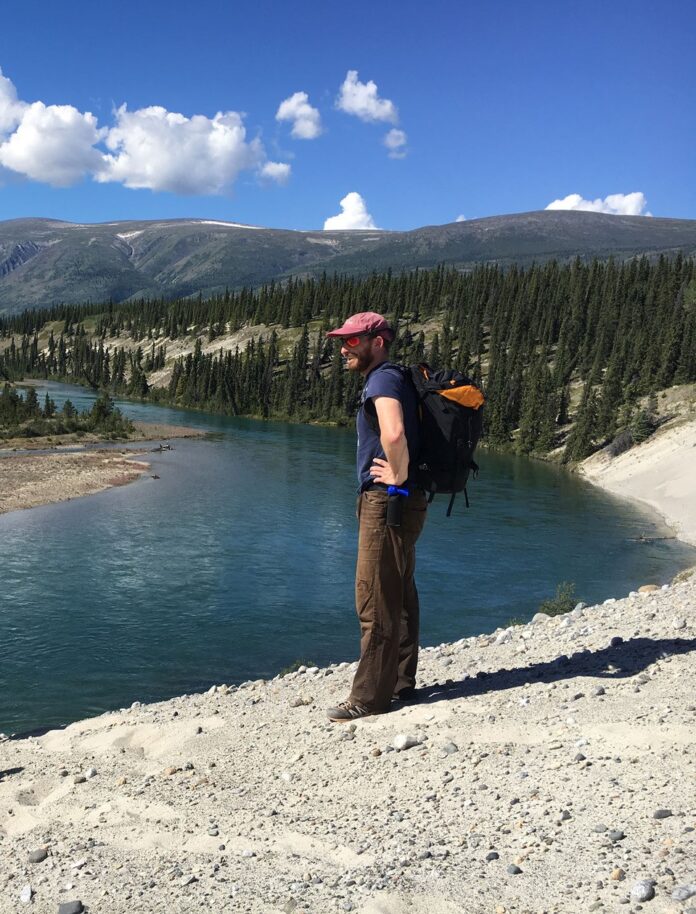The Natural Sciences and Engineering Research Council of Canada (NSERC) has granted Carleton University researchers $1.65 million to train the “next generation” of permafrost experts.
Spearheaded by Carleton professor of Geography and Environmental Sciences Stephan Gruber, the funding will be administered through NSERC’s collaborative and training experience program (CREATE). CREATE aims to improve research and train the next generation of permafrost experts for the ongoing battle against climate change.
Gruber defined permafrost as “ground that has been frozen for two or more years at, or below, zero degrees celsius,” and said it plays an important and largely unrecognized environmental role.
The teaching will embody a multi-disciplinary approach and allow students to learn from academics in different fields like chemistry, physics and earth sciences. Additionally, the program is looking to feature knowledge classes from northern land guardians.
“During the winter, the ground freezes and when the sun comes back, [permafrost] melts,” Gruber said. “However, in certain areas extremely far north, we will find that even during the warmer seasons, the freezing is more prominent and does not thaw completely.”
According to the Canadian Encyclopedia, about 50 per cent of Canada is situated on permafrost, particularly the territories.
Due to human activity and rising global temperatures, permafrost has begun to tha around the world, releasing stored greenhouse gases into the atmosphere. The release of these greenhouse gases further traps heat in the Earth’s atmosphere, furthering a vicious cycle of climate change.
According to Gruber, the permafrost usually behaves like concrete but is now closer to a slurry, posing grave consequences for the future of communities. A 2022 study published by Nature Reviews Earth and Environment theorized thawing permafrost could lead to tens of billions of dollars in extra infrastructure costs in the circumpolar north.
Gruber said current scientific permaforst knowledge is based on a past world, and the questions about permafrost Canada needs to answer are different than those in decades past.
The new training program in permafrost research has been launched with financial support from the NSERC—Canada’s largest science and engineering funder.
CREATE aims to offer an environment for Canadian researchers that promotes development in professional skills, communication and collaboration and “[provides] mentoring and experience relevant to both academic and non-academic research environments,” media officer Valeri Levert-Gagnon said.
“The [program] that is done through CREATE is all about training. We try to do that with our connections in northern Canada, that are primarily the government of the Northwest Territories as well as the Alouette Land Administration,” Gruber said.
CREATE’s ultimate goal is to show prospective undergraduate and graduate students that the permafrost field is worth exploring since it pertains to Canadian life.
“I can’t understand why myself, as well as other professors, aren’t overrun with super capable graduate students,” Gruber said “In Switzerland, students got into this field because they truly cared for their land and mountains—a mindset you don’t really see here.”
According to Gruberr, a common hurdle for permafrost researchers is the lack of resources and a current understanding of the field.
“Even though we have partners across the country and in the north, what we’ve found is that Canada has very little permafrost research in universities. A lot of the Canadian land surface is already changing and will continue to do so for centuries to come,” Gruber said.
Featured image by Myriam Schärz.






